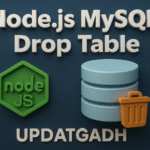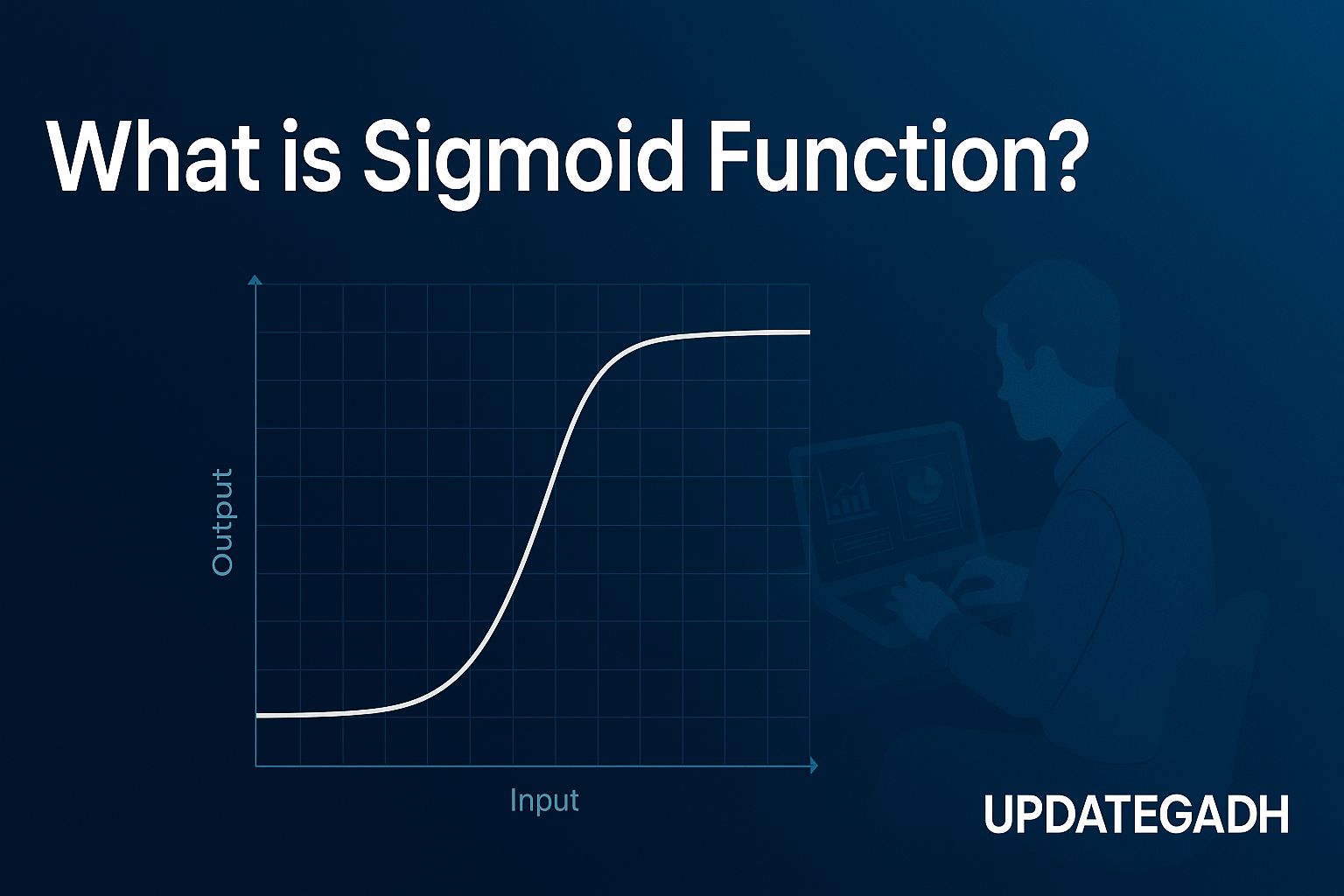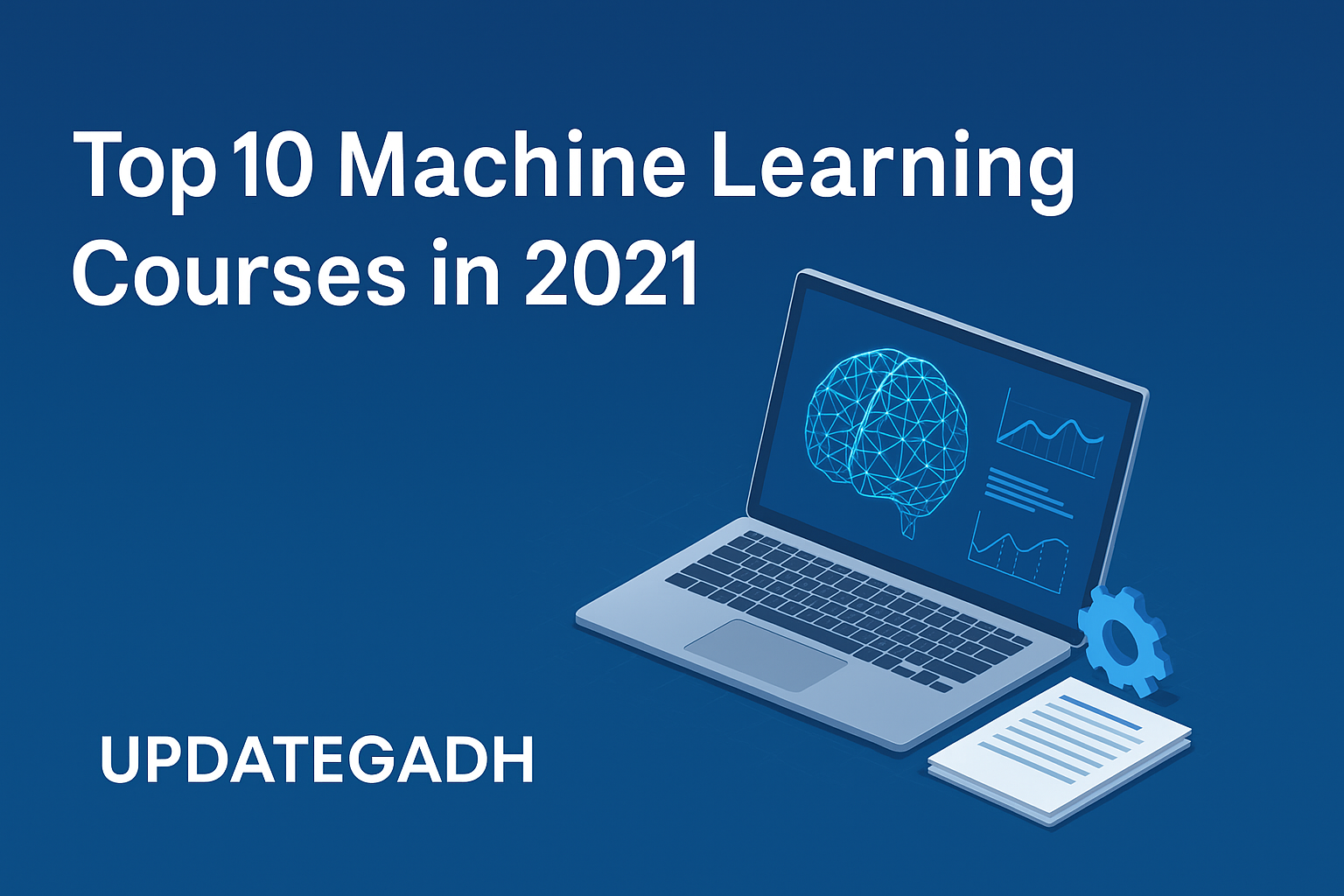
🧠 Object Detection with Deep Learning
Object Detection with Deep Learning
🔍 Introduction to Object Detection
Object detection is a key technology in the field of computer vision. Unlike image classification, which assigns a single label to an entire image, object detection goes one step further—it identifies and localizes multiple objects within an image or video stream, often using bounding boxes.
This capability powers many real-world applications like self-driving cars, facial recognition, security systems, and more. Deep learning, especially Convolutional Neural Networks (CNNs), has revolutionized this space by enabling real-time detection with high accuracy.
Among the most often used frameworks for object detection are:
- YOLO (You Only Look Once)
- SSD (Single Shot MultiBox Detector)
- Faster R-CNN
These models are trained on large annotated datasets and are capable of detecting objects of various sizes, shapes, and orientations in real-time.
Complete Python Course with Advance topics:-Click Here
SQL Tutorial :-Click Here
Data Science Tutorial:-Click Here
🧬 Fundamentals of Deep Learning
A branch of machine learning called deep learning draws inspiration from the architecture of the human brain. To identify patterns in data, it makes use of artificial neural networks. These networks consist of:
- Input Layer: Accepts raw data, such as an image’s pixels.
- Hidden Layers: Perform complex computations
- Output Layer: Generates final predictions
The existence of several hidden levels is referred to be “deep.” Deep learning, as opposed to conventional machine learning, does not require human feature engineering because it automatically extracts features from unprocessed data.
Common Architectures:
- CNNs: Incredibly efficient for tasks involving images, such as segmentation, detection, and classification.
- RNNs: Utilised for time-series analysis of text, among other sequence-based data.
Model training involves:
- Forward propagation
- Error calculation via loss functions
- Backpropagation
- Optimization (e.g., Stochastic Gradient Descent)
🖼️ CNN (Convolutional Neural Network)
CNNs are the backbone of modern object detection systems. Inspired by the human visual system, CNNs automatically extract relevant features like edges, textures, and patterns from images.
🔧 Key Components:
- Convolutional Layers: Apply filters to detect spatial features.
- Pooling Layers: Reduce spatial dimensions for faster computation.
- Fully Connected Layers: Final prediction based on extracted features.
✅ Pros:
- No manual feature engineering
- High accuracy for vision tasks
❌ Cons:
- Requires large labeled datasets
- Computationally expensive
🧠 R-CNN (Region-based CNN)
One of the earliest effective deep learning models for object detection was R-CNN, which Ross Girshick originally presented in 2014.
🏗️ Architecture:
- Selective Search generates region proposals.
- Each proposal is passed through a CNN.
- Features are classified using SVMs.
❗ Limitations:
- Extremely slow inference
- High memory usage
- Separate training for each component
⚡ Fast R-CNN
Fast R-CNN, introduced in 2015, improved the speed and accuracy of R-CNN.
🚀 Improvements:
- The image is passed through a CNN once.
- ROI Pooling generates fixed-size feature vectors.
- Joint training for classification and bounding box regression.
✅ Pros:
- 10x faster training
- 200x faster inference
- Improved memory efficiency
❗ Still uses Selective Search, which slows down region proposal.
⚡⚡ Faster R-CNN
To eliminate Selective Search bottlenecks, Faster R-CNN introduced the Region Proposal Network (RPN) in 2016.
🧩 Architecture:
- RPN replaces Selective Search for proposing regions.
- Uses Anchor Boxes to handle objects of different shapes and sizes.
- End-to-end training improves both detection and proposal quality.
✅ Advantages:
- Faster region proposal
- Higher accuracy
- Fully trainable pipeline
⚡ YOLO (You Only Look Once)
YOLO treats object detection as a single regression problem. It splits the image into a grid and predicts bounding boxes and class probabilities in one pass.
🚀 Highlights:
- Super fast (ideal for real-time applications)
- Detects multiple objects simultaneously
❗ Limitations:
- Struggles with small or overlapping objects
- Grid-based division can reduce spatial precision
📦 SSD (Single Shot MultiBox Detector)
SSD is another single-shot detector like YOLO but adds multi-scale feature maps to better handle objects of different sizes.
🧠 How SSD Works:
- Generate bounding boxes at different aspect ratios
- Predict offsets and class probabilities
- Apply Non-Maximum Suppression to eliminate redundant boxes
✅ Key Strengths:
- Balanced between speed and accuracy
- Better performance on small objects than YOLO
🌍 Real-World Applications of Object Detection
🚗 Autonomous Vehicles
Self-driving systems rely on object detection to identify pedestrians, traffic signs, vehicles, and road conditions in real time.
🔐 Surveillance & Security
Used in CCTV monitoring to detect unusual behaviors, intruders, or unattended baggage in crowded areas.
🏥 Healthcare
In radiology, object detection helps locate tumors or fractures in medical scans, improving diagnosis accuracy.
🛒 Retail & Inventory
Retailers like Amazon Go use object detection to track products and automate checkout.
🌾 Agriculture
Drones equipped with detection algorithms assess crop health, pest outbreaks, and optimize pesticide use.
🧱 Construction
Monitors compliance, equipment use, and safety hazards on construction sites using real-time detection.
⚽ Sports Analytics
Tracks player movements, ball trajectories, and helps in real-time strategic decision-making.
🐘 Wildlife Conservation
Monitors animal movement and detects poaching using drone-based surveillance systems.
🛠️ Manufacturing
Detects product defects automatically, reducing human error and increasing quality control efficiency.
📚 Case Studies: Object Detection in Action
🚘 Tesla Autopilot
Uses CNNs to detect lane markings, cars, and pedestrians in real time, ensuring safe navigation.
🛍️ Amazon Go
Hundreds of cameras powered by object detection track product movement for a cashier-less shopping experience.
📱 Apple Face ID
Uses infrared cameras and object detection to map facial features securely and unlock iPhones.
📸 Google Photos
Automatically tags objects in images using deep learning to organize photos efficiently.
🌱 John Deere
Applies detection in farming tools to recognize weeds vs. crops, optimize fertilizer usage, and reduce waste.
Download New Real Time Projects :-Click here
Complete Advance AI topics:- CLICK HERE
📌 Conclusion
Object detection using deep learning has transformed how machines perceive the world. With models like YOLO, SSD, and Faster R-CNN, real-time and accurate detection is now practical across industries—from healthcare and agriculture to autonomous driving and retail.
As deep learning evolves, so will the ability of machines to detect, classify, and react to their environment more efficiently. With emerging challenges such as detecting small, overlapping, or partially visible objects, the future promises even more refined and intelligent models.
Stay tuned with Updategadh for more deep dives into cutting-edge AI and computer vision technologies!
📢 Want more updates on AI, deep learning, and emerging tech?
Follow Updategadh for daily insights and tutorials.
object detection using deep-learning github
object detection using deep learning python code
object detection using deep learning research papers
object detection with deep learning: a review
object detection using deep learning project
object detection in image processing
object detection ai
yolo object detection
google scholar
object detection using deep learning github
object detection with deep learning
a comprehensive review of object detection with deep learning
a comprehensive review of object detection with deep learning pdf
multispectral object detection with deep learning
real time object detection with deep learning and opencv
a baseline for general music object detection with deep learning
real time object detection with deep learning
object detection with deep learning a review
object detection with deep learning models principles and applications pdf
object detection with deep learning models principles and applications
object detection with deep learning a review ieee
object detection with deep learning and opencv










Post Comment